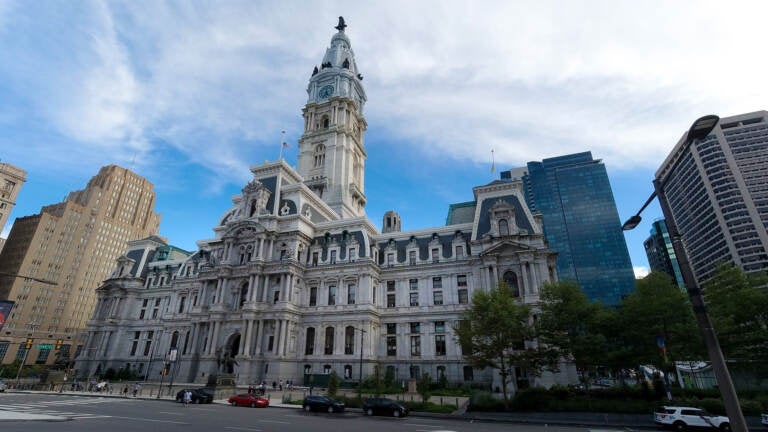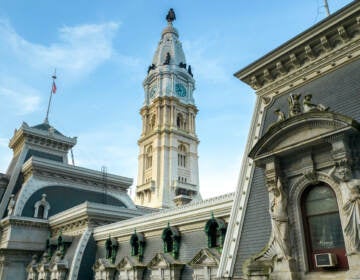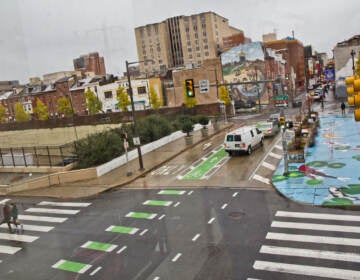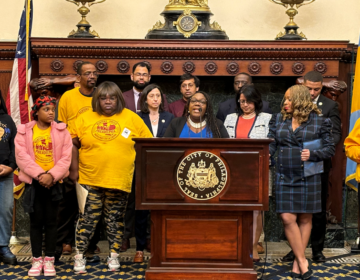City Council passes bill to end ‘prison gerrymandering’ in Philly
New bike lanes and builder notifications for residential construction are also part of a flurry of legislation passed before council breaks for the summer.

Philadelphia City Hall (Mark Henninger/Imagic Digital)
In an effort to tackle a phenomenon known as “prison gerrymandering,” Philadelphia will now count state and county prisoners as residents of their home districts instead of the facilities where they are incarcerated.
Under legislation passed by City Council on Thursday, nearly 7,800 incarcerated people will be reapportioned into the city’s 10 Council districts based on each person’s last known address during the 2020 census.
The plan, introduced by Council President Darrell Clarke and backed by the Kenney administration, means that the population of each district will increase by between roughly 500 and 1,500 residents. The changes will be reflected in a revised Council map, but are small enough that the district boundary lines approved in February do not need to be redrawn.
Each Council district will now average 161,000 residents.
“This is a best practice and the right thing to do when you’re drawing political boundaries,” said Pat Chrismas, policy director for the Committee of Seventy, which advocated for the legislation.
“Ultimately, if the numbers are high enough, you can inflate the political power of the area where the prison is located and diminish the political power, the voting power of the communities where folks who are incarcerated are from. This can play out on the local level. It plays out at the state level as well,” he said.
Council passed more than 60 resolutions and bills on Thursday — the second-to-last session before the legislative body breaks for the summer.
Many of them were related to the city’s streets, including a proposal from Councilmember Mark Squilla that authorizes the city to revise parking regulations on the portion of Washington Avenue in his district. The legislation is in service of a closely watched plan to narrow sections of the busy arterial in the name of public safety.
Council also passed a trio of bills that will create new bike lanes on Lindbergh Boulevard in Southwest Philadelphia, along Market Street in Center City, and on Grays Ferry Avenue in South Philadelphia.
Red light cameras will be installed at the intersection of Front Street and Hunting Park Avenue in North Philadelphia, and 58th Street and Baltimore Avenue in West Philadelphia.
Additionally, Council passed legislation that requires builders to provide the adjacent property owner with more information about their proposed construction, including the nature of the work, a pre-construction survey, and their plans for monitoring the safety of the adjacent property.
Drew Miller, a paralegal at Community Legal Services, testified in support of the measure.
“Too often, this demolition and construction is done carelessly and by less than reputable contractors. All the while, neighboring homeowners are largely left out of the process until something goes wrong,” said Miller.
Thursday’s session came less than 24 hours after Council’s Committee of the Whole approved a budget for the fiscal year that starts July 1.
The deal reached with the Kenney administration includes property tax relief for homeowners hit hard by recently released property assessments, as well as small cuts to wage and business taxes.
The $5.6 billion proposal will go up for a final vote during next week’s session, the last one the schedule before the current fiscal year ends on June 30.

Subscribe to PlanPhilly
WHYY is your source for fact-based, in-depth journalism and information. As a nonprofit organization, we rely on financial support from readers like you. Please give today.









